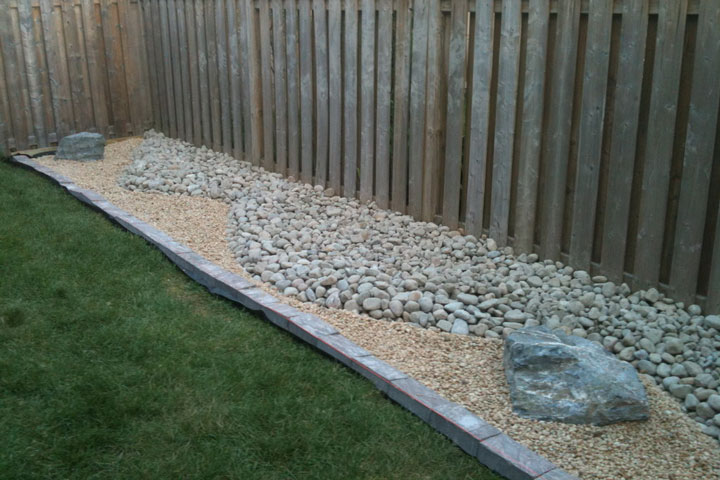
Laying the Foundation for a Rock Garden
A good foundation is everything. Even if you have the ideal natural slope for building a rock garden, experts advise taking the time to dig up the area to put in a proper foundation. That’s because most rock garden plants need soil to be at once water-retentive and quick-draining
Step One: Excavate. Choose the exact site of your rock garden, and section it off with posts and string. Preferably, you should dig the foundation on a day when the soil seems relatively dry. Dig down at least 1 foot (30.48 centimeters), and get rid of all remaining weeds and roots (which may require some heavy-duty weed-killer)
If you don’t have a natural slope on which to build your garden, you may choose instead to build a raised bed, which is an elevated plot upheld by walls. Experts recommend digging down about three feet (91.44 centimeters) for a raised bed.You can fill in the foundation layers as you build the walls, which can be made of brick or concrete. For a more rustic look, you can construct mortarless walls out of limestone or sandstone. The higher the walls, the more likely you’ll deter pets from treading on your delicate flowers.
Another option for planting a rock garden on flat land is to pile up your own mound, known as a berm. One advantage of a berm is that it slopes down naturally at all sides, promoting drainage. This is helpful if you’re including a variety of plants in your garden, some of which need more water than others. You can plant those near the bottom of the berm’s slope and the ones that require less water near the top of the mound.
Step Two: Put down the drainage layer. The first layer of your foundation absorbs excess moisture from the soil above it. To this end, experts recommend throwing in a hodgepodge of clunky rocks, old pieces of concrete or brick and even broken pieces of clay pots. Pack this layer in evenly to make up about one-third to one-half of your trench’s depth. (Note: This step may not be necessary if you’re building on a slope with light, dry, nonclumpy soil, but it couldn’t hurt.)
Step Three: Put down the sand layer. The sand acts as a water-permeable layer that holds up the topsoil. Experts recommend layering a few inches (about 7 centimeters) of coarse sand between the drainage layer and the soil layer.
Step Four: Put down the soil layer. This all-important layer can make or break your rock garden plants. Mix together a soil that will allow your flowering plants to bloom to their full potential. Although some plants might call for slightly different variations on this mixture, experts recommend the following combination that supports most rock garden plants:
- 1 part topsoil
- 1 part leaf mold (peat or humus can be substituted)
- 1 part small gravel
Now that you’ve got your foundation settled, it’s time for the fun part :
Planting the Rock Garden

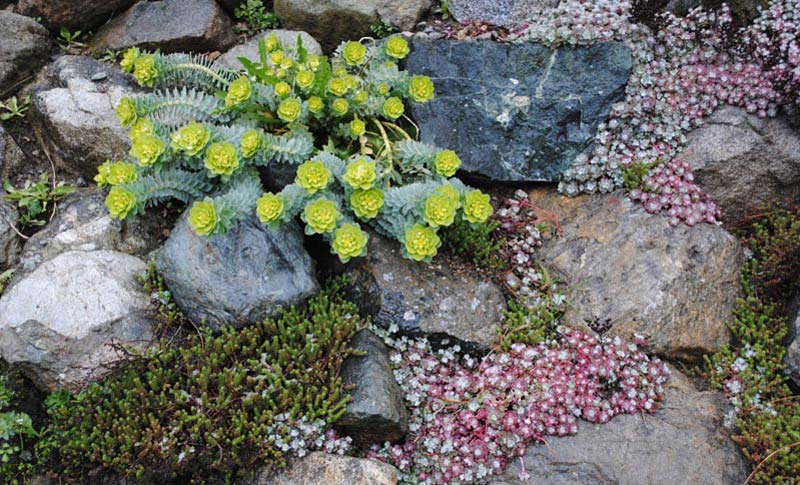
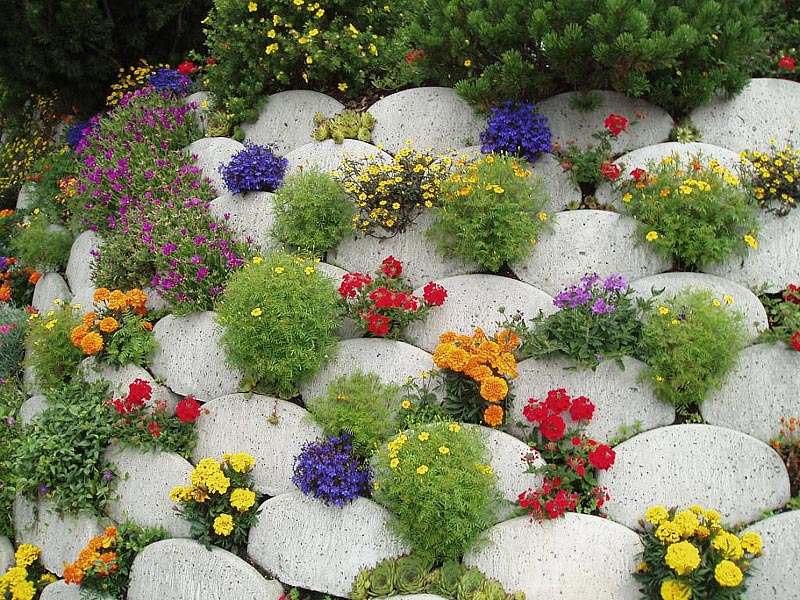

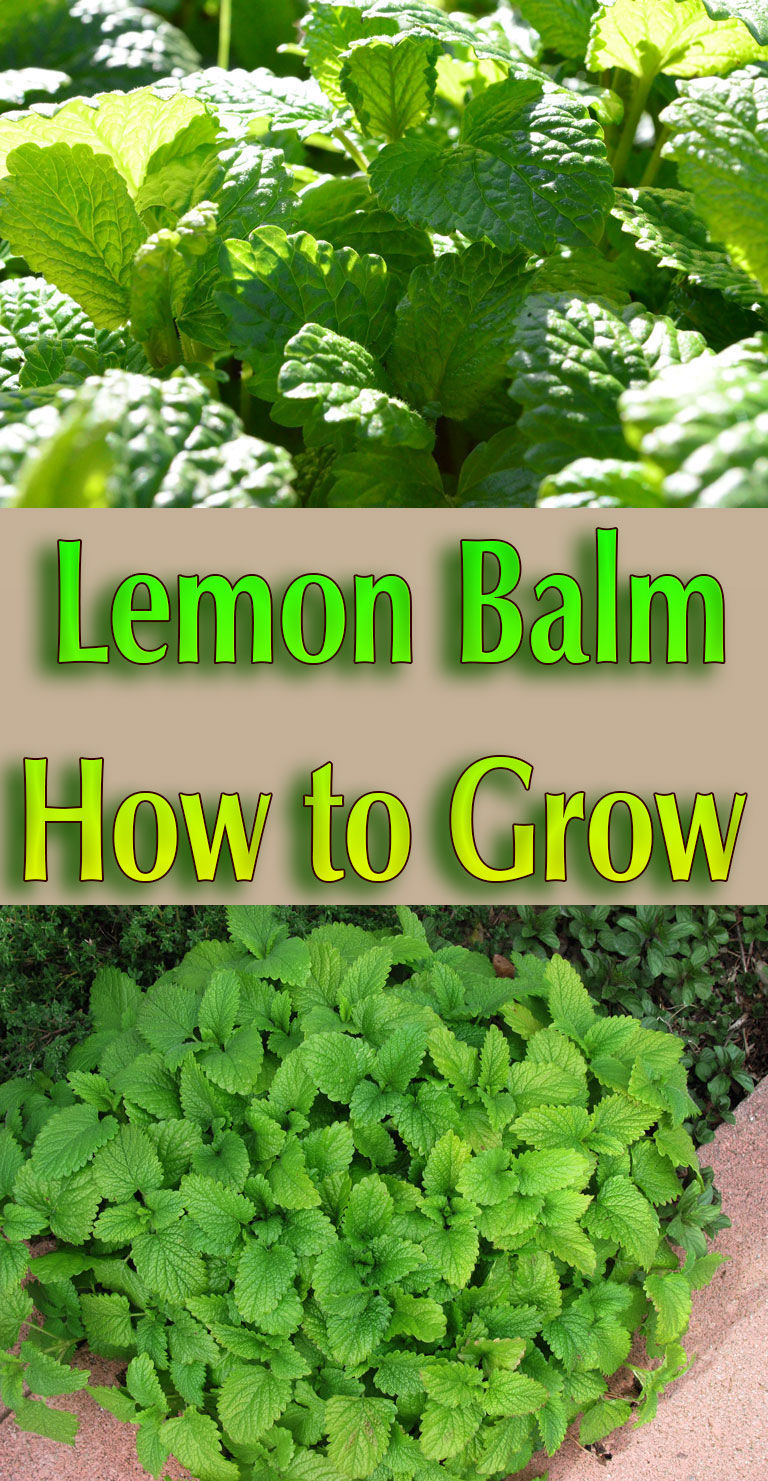
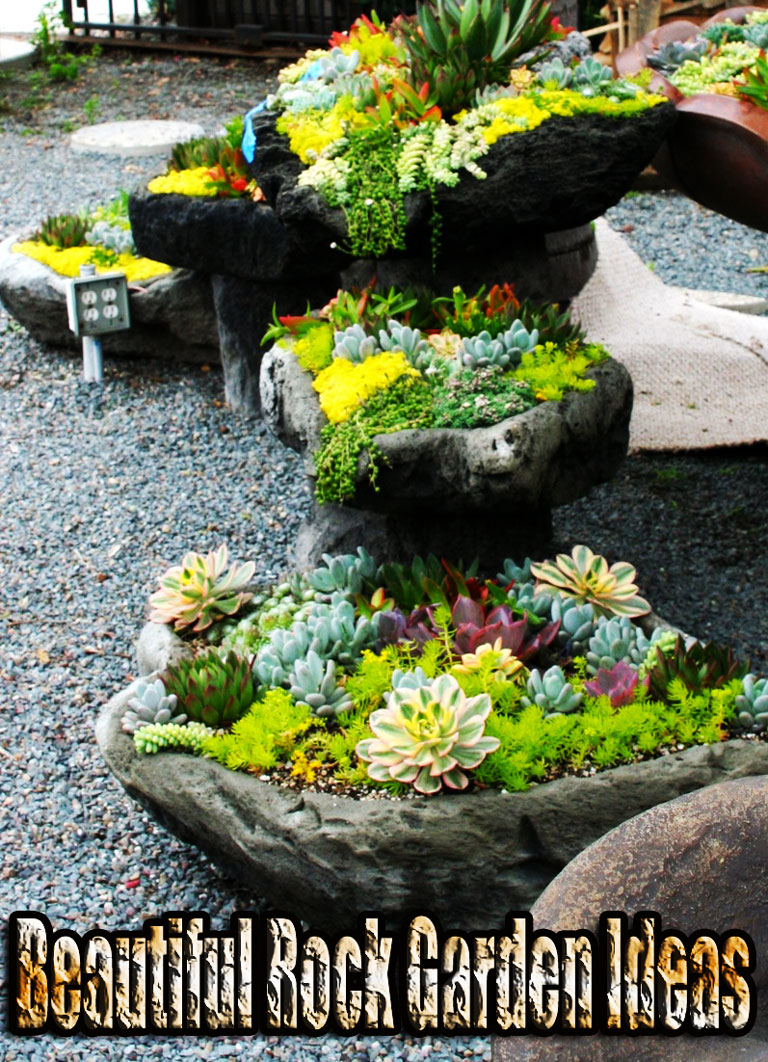
Leave a Reply